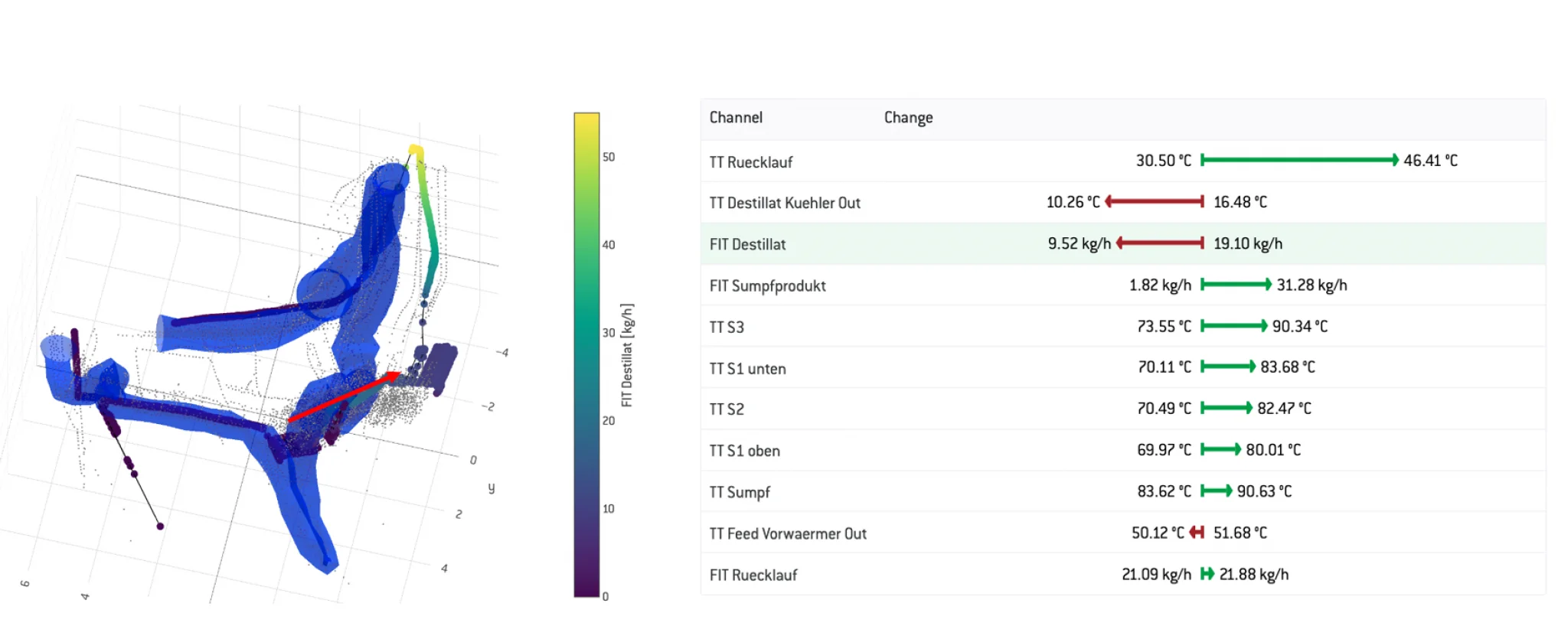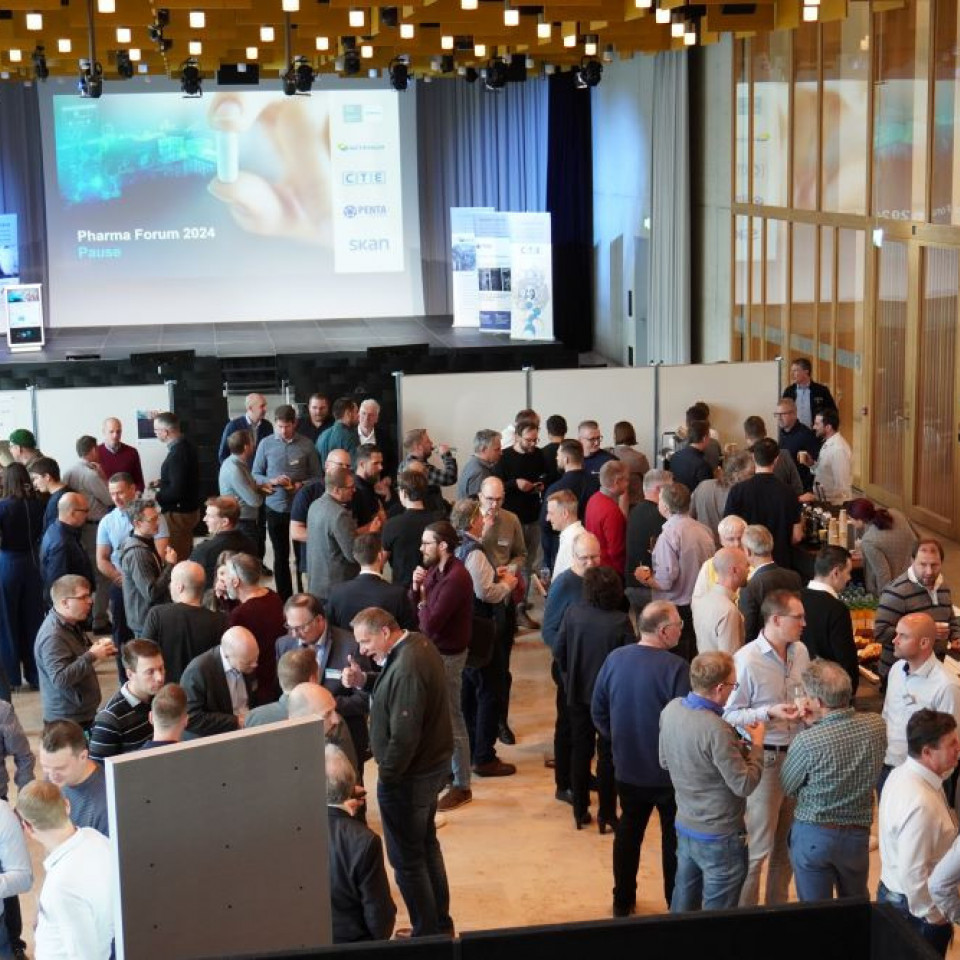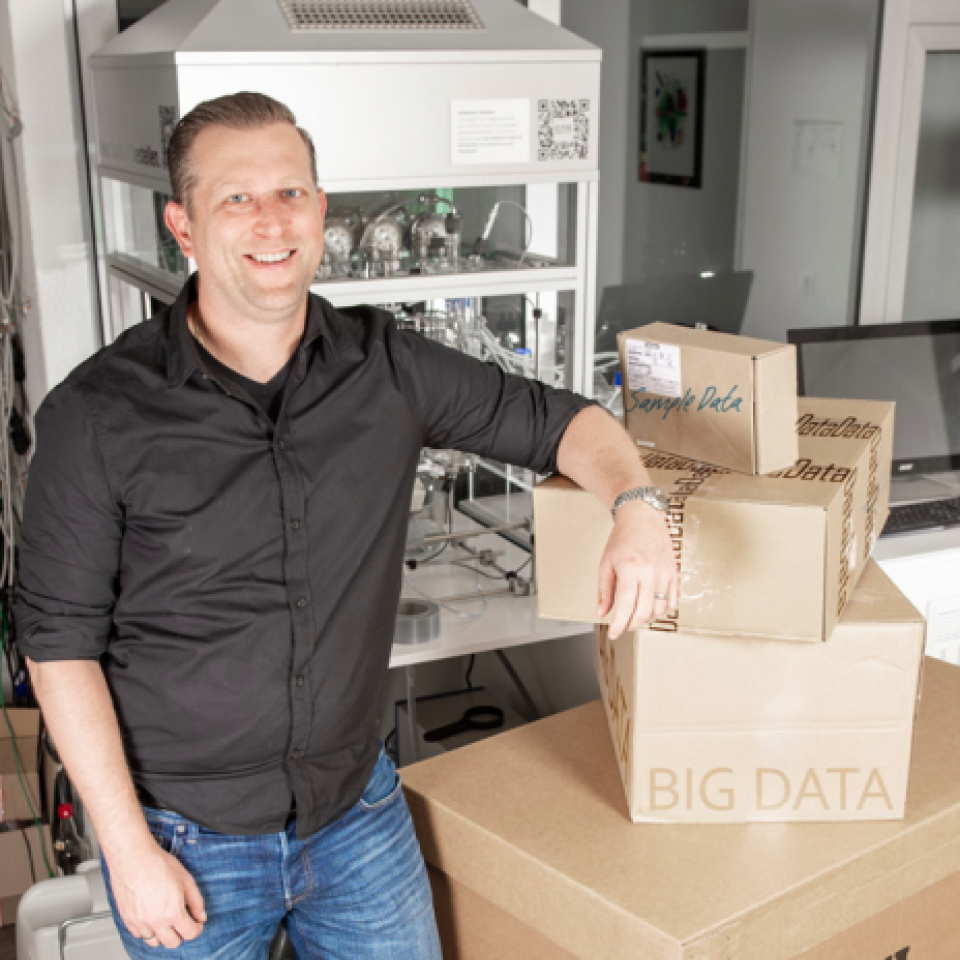From golden batch to regular perfect match

Industrial plants produce large amounts of data. This makes it difficult to manually analyze all relevant information and detect irregularities. ControlTech Engineering and Learning Machines have developed a range of AI tools that help to monitor processes more efficiently and better understand complex data.
In industrial plants, numerous parameters can be measured simultaneously. Depending on the size of the system, this can mean well over a hundred or even a thousand different measurement channels. It is impossible to analyze this amount of data manually. Automated systems are required here to monitor the data in real time and detect deviations at an early stage. "To make the data easier to understand, we use a technique known as embedding," explains Dr. Boris Lau, Managing Director of Learning Machines. This method reduces the high-dimensional data from numerous measurement channels to three dimensions. As the similarities between the data points are retained, trends and anomalies can be visualized.
The multiple Golden Batch as a tube shows the optimum passage. In the video, Dr. Boris Lau explains how the 3D quality hose works.
Embedding generates a 3D representation of the data in the form of individual data points. Based on these points, a hose is calculated that includes the points of selected batches, thus modeling the ideal processes in the plant. Deviations from the normal course can be easily recognized as soon as the process leaves the hose. Normally, independently considered limit values are used for monitoring. The interesting thing about the 3D representation is that these anomalies also indicate unusual combinations of measured values. Dr. Boris Lau explains further: "Our tools make it possible to analyze individual data points and their changes. In order to understand the deviation, it is possible to explore this data. The measured values that have changed are displayed according to the importance of the change. This detailed analysis helps to quickly identify and rectify the causes of anomalies."
The multiple "Golden Batch" visualized as a 3D quality hose
The term "golden batch" has become established in the industry. It describes ideal production processes that serve as a reference for evaluation. However, embedding through 3D visualization goes beyond the traditional definition. Several "golden batches" are used to draw a more comprehensive picture of normal operations. These reference batches are embedded in the 3D representations. This makes it possible to quickly recognize which factors are decisive for successful production processes - resulting in a "perfect batch", so to speak.
Internally, the developers speak of the "3D quality hose", which visualizes the multiple "golden batch" and its added value. The pilot project for the Data Science Framework (DSF) at the FHNW in Muttenz has produced exciting findings.
Thanks to the structured and targeted approach with small and short-term goals, potential for improvement can be found even in a simple system such as the rectification column based on operating data.
With data-based optimization, it is essential that the system boundaries are precisely defined in addition to the objectives. Otherwise, the risk of getting lost and bogged down in data projects is too great.
There is no "miracle tool" and no magical technology that can simply solve all tasks from raw data. The contextualization of the data, i.e. providing the data with important operational, process and business information, is crucial for success. The "winning factor" here is the inclusion of the knowledge of the various technical experts and the ability to overcome communication barriers.
New technologies such as AI or machine learning, deep learning, etc. can help to reduce and structure complexity to such an extent that people can then make better decisions. However, these technologies must be used in a very targeted manner.
In short, embedding technology is revolutionizing the analysis of high-dimensional data. By reducing data to three dimensions and visualizing anomalies, complex data can be made comprehensible. Processes are therefore monitored and optimized more efficiently. The "Perfect Batch" goes far beyond the traditional "Golden Batch" by showing multiple perfect runs, enabling continuous improvement of production. This advanced analysis technology is an indispensable tool for modern industry.
The intelligent system is the vision of the DSF team
Various factors should also be taken into account when implementing the optimizations: There are often low-tech measures at an organizational level that help operations and contribute to increasing efficiency. These can be adapted SOPs, extended alerting or helpful presentations for the QA departments. These measures alone can help to make better decisions in day-to-day operations. The implementation of these measures is not really complex, therefore requires less investment and already brings a profit.
In a further step, measures that intervene one step deeper in the operation of the system can be defined and evaluated in a targeted manner. By this we mean improvements at operating level such as controller or process optimization. We still see the optimization itself as a conventional project, but the AI dashboard helps us to decide which measures will have the greatest benefit.
Our vision is to move towards an adaptive system. This means a system that makes decisions independently based on current operating data. We see the potential, but we also see a long road ahead of us in order to be able to assess the complexity of such an implementation on the one hand and to reliably determine how great the potential will be in reality on the other.
But we can promise you one thing: We will keep at it and would be delighted to embark on this journey with you!


